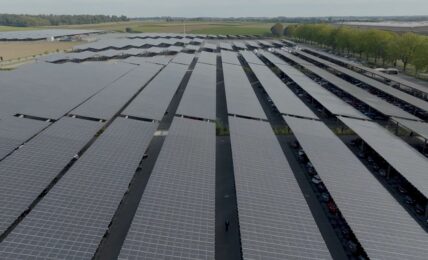The Platform on Sustainable Finance, an expert group of the European Commission tasked with advising it on the development of sustainable finance policies, announced today the publication of a new report on the development of a social taxonomy aimed at defining social investments.
The proposals follow the initiation of the environmental-focused EU Taxonomy, a comprehensive classification system enabling the categorization of economic activities that play key roles in contributing to at least one of six defined environmental objectives and no significant harm done to the other objectives. The social taxonomy aims to achieve similar goals for human rights-related objectives.
The report comes amidst rapid growth in demand for social investments, such as the significant increase in social bond issuance in recent years. A recent report from Moody’s ESG Solutions indicated that social bond issuance grew nearly 20% in 2021 to almost $200 billion, after growing 7-fold in 2020.
According to the Platform on Sustainable Finance, while the report proposes a social taxonomy structure considering existing frameworks such as the proposed corporate sustainability reporting directive (CSRD), the Sustainable Finance Disclosures Regulation (SFDR), and the sustainable corporate-governance (SCG) initiative, it focuses primarily on the structure of the environmental taxonomy.
Key stakeholder groups identified by the social taxonomy proposal report as affected by business activities include an entity’s own workers, end-users or consumers, and communities affected either directly or through the value chain. Addressing these stakeholders, the taxonomy’s suggested structure focuses on the key objectives of decent work, adequate living standards and wellbeing for end-users, and inclusive and sustainable communities and societies, with sub-objectives including health and safety, healthcare, housing, wages, non-discrimination, consumer health, and communities’ livelihoods.
The subgroup responsible for the report was chaired by European Platform on Sustainable Finance Chairperson and Chief Responsible Investment Officer at PRI Nathan Fabian. Announcing the release of the report, Fabian posted:
The post EU Sustainable Finance Expert Group Proposes Taxonomy to Define Social Investments appeared first on ESG Today.



